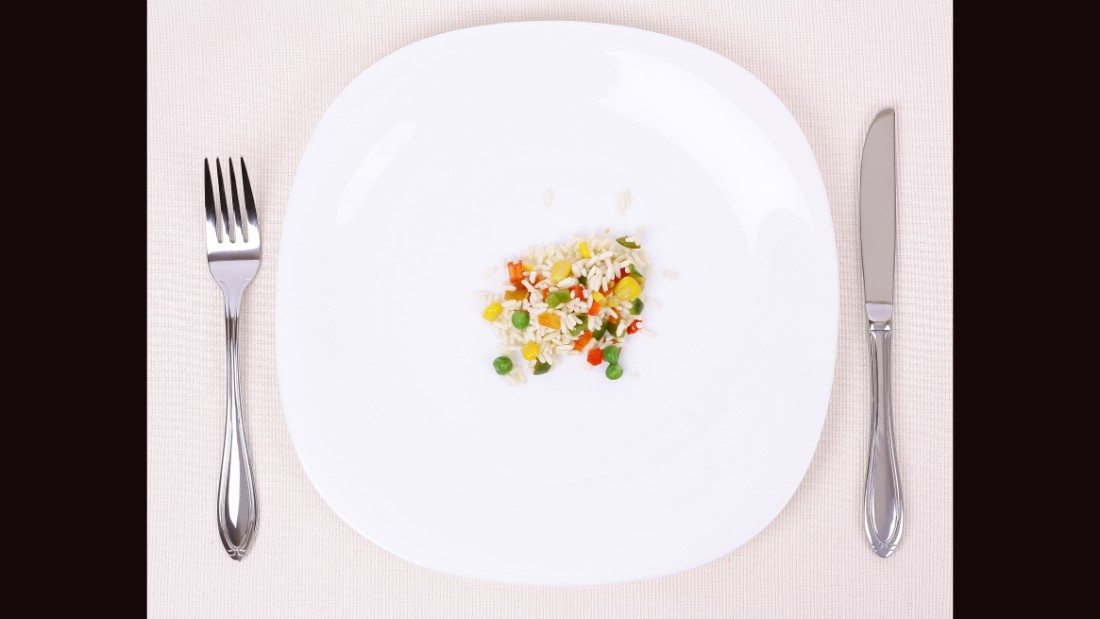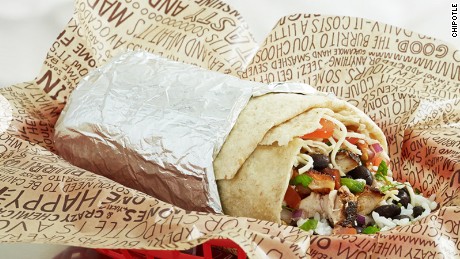
(CNN)Many chain restaurants and fast-food joints now post calorie information on their menus, even before they will be required to by federal law at the end of 2016, making it obvious how calorie-laden their meals can be.
Non-chain restaurants are often seen as the healthier choice, even though — or perhaps because — the number of calories in their meals is a mystery. But a new study finds that these meals are generally just as calorie-rich as similar meals at chain restaurants.
Researchers determined the calorie content of the most popular dinners at independent eateries around Boston, San Francisco and Little Rock, Arkansas. In each area, they included about a dozen restaurants across a range of cuisines, from American burger joints to Italian trattorias and Greek cafes.
The researchers determined the average dinner at a non-chain restaurant had about 1,200 calories, which they found was similar to comparable dinners at chain restaurants and around half of the daily energy requirement for adults. Women are recommended to consume about 2,000 calories a day to maintain their weight, whereas men can reach about 2,500 calories a day.
For her part, Roberts thinks that advising people not to eat out so much is like “telling the tide not to rise.” “People like eating out, and it’s likely to become even more frequent. We need ways to help people deal with it better,” she said.
One of the easy things that consumers can do is ask for cheese and dressing on the side when they order. “You can just sprinkle a little on. A lot of the calories come from these high-calorie add-ons,” Roberts said.
It is also possible to curb how much you eat and get a doggie bag for leftovers, but many of us do not have this kind of willpower.
“The easiest solution is if you say up front (to the server), ‘I’d like to take a half-portion and you can give me the other portion to take home,’ but it’s kind of embarrassing unless you know the people you eat out with well,” she said.
Should non-chain restaurants post calorie information?
Although it may help consumers to get calorie information at independent restaurants just like at chain restaurants, “I don’t think simply disclosing (this information) is going to have a huge effect,” Roberts said. Although it could steer some toward lower-calorie options, people with less money may order the largest number of calories they can afford, she said.
In addition, “providing the caloric content information might affect restaurant behavior rather than consumer behavior,” such as spurring restaurants to make their meals healthier or make their portions smaller, Jarlenski said.
Roberts says the impact of restaurants offering smaller portions — such as half- or third-portions, for half or a third of the price — should be explored. “Restaurants will say, ‘We can’t possibly do that,’ but if everyone were required (by law) to do that, the playing field (would be) level,” she said. “I would eat out every night of the week if I could do that.”
Although Roberts doubts the calorie load at non-chain restaurants in other parts of the United States would be much better, it is hard to say how eateries in other cities and in rural areas would stack up.
The three cities in the study — Boston, San Francisco and Little Rock — differ in their demographics and their obesity rates.
“I would have thought that San Francisco (restaurants) would be better than Boston and Little Rock … because San Francisco is one of the lowest-BMI cities,” Jarlenski said.
That just goes to show that many other factors, in addition to calories in restaurant food, contribute to obesity rates, such as how often people go out to eat and how much exercise they get, she added.











